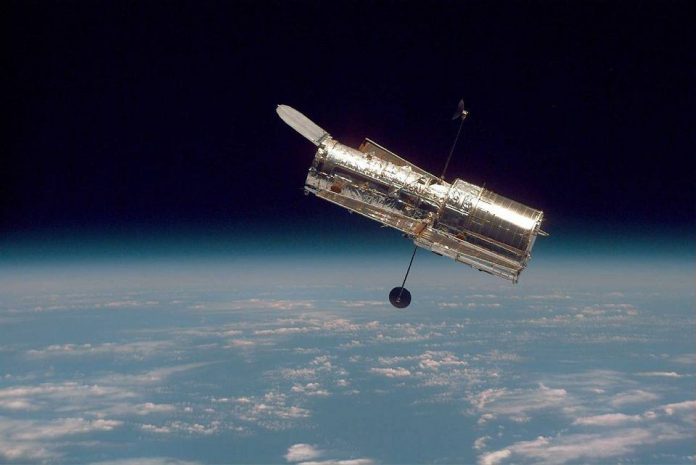Angika Bulbul from Bhagalpur, Bihar, who is a prestigious alumnus to India’s finest institutes like NIT Calicut and IIT Delhi, makes the nation proud with her astonishing invention. She has helped create a new nanosatellite telescope system that would enable the production of high-resolution images at low costs.
Currently a Ph.D. candidate in Israel at Ben-Gurion University (BGU), she invented a telescope consisting of small carton-sized cameras that can capture images from space. The innovative telescope’s satellite has an imaging system that is geared up for high-resolution captures, which would match the resolution of images taken by the full-frame, lens-based, or concave mirror systems used in today’s telescopes.
Recent reports also state this invention to have completely changed many explorative aspects related to space, science, and astronomy. The research is hopeful to impact and aim at bringing down the cost, material, and time needed to build large optical space telescopes with large curved mirrors, as well.
According to Tech Explorist, the research team has built a miniature laboratory model that would consist of a circular array of sub-apertures. This would enable the setup to demonstrate the Synthetic Marginal Aperture with Revolving Telescopes (SMART) system capabilities.
Through an Edex report, Angika states that there were “several previous assumptions about long-range photography” and they “were incorrect.”
She adds that they “found that you only need a small part of a telescope lens to obtain quality images.” She later elaborates that, “even by using the perimeter aperture of a lens, as low as 0.43 percent, we managed to obtain similar image resolution compared to the full aperture area of a mirror or lens-based imaging systems.”
Lastly, Angika conveys it to the media sources that, “in the upcoming development, we are working towards to improve the power efficiency of our telescopic system. This is because we know all the telescope receives very few lights from astronomical bodies resulting in low signal to noise ratio (SNR), for better reconstruction of the image, and here we are working on the improvement of power efficiency.”



























